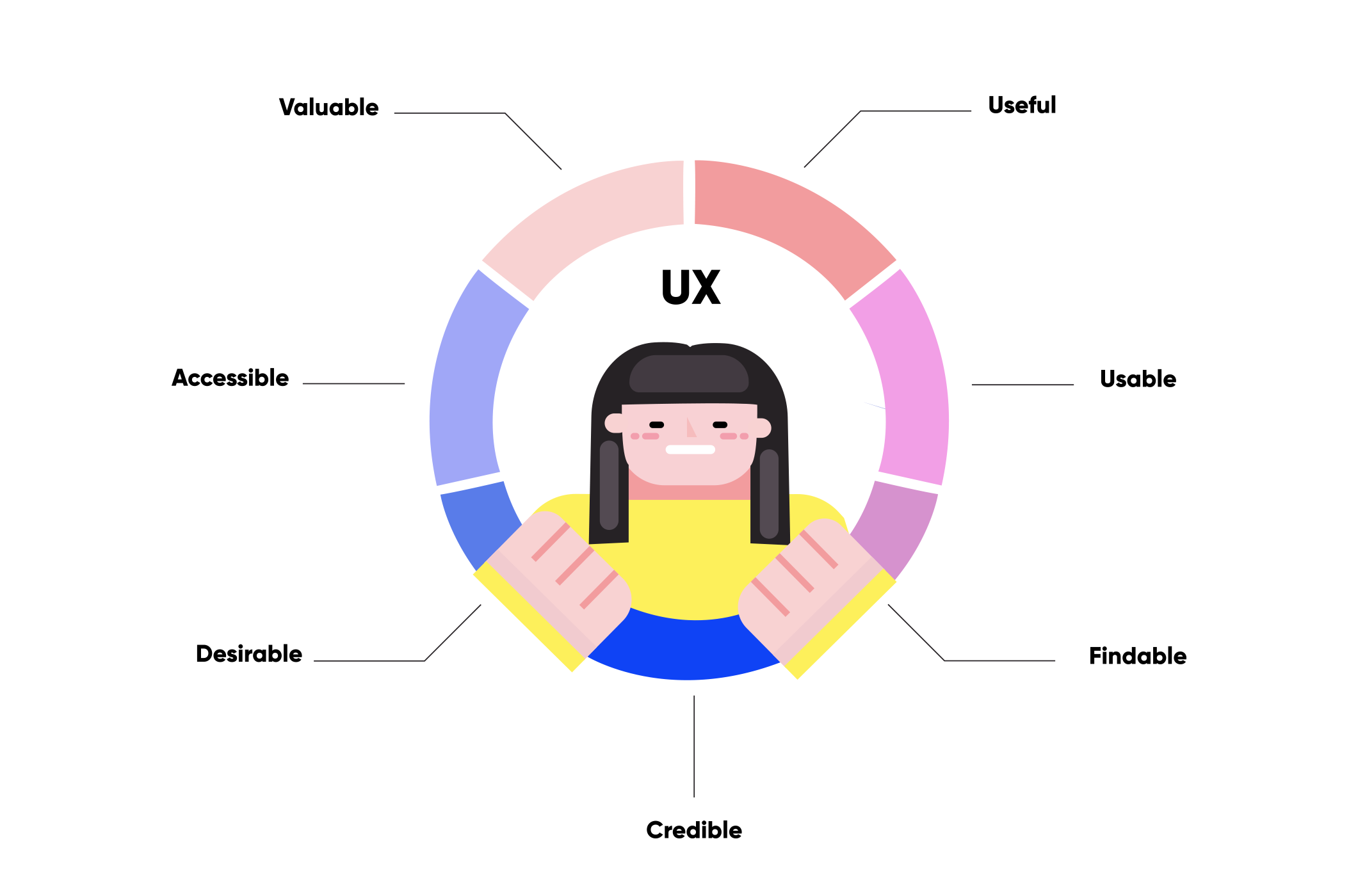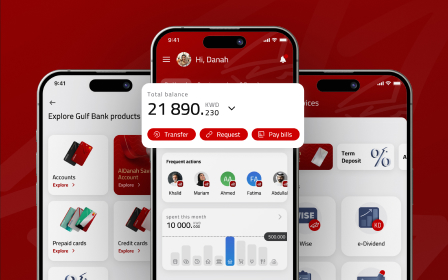Factors that influence user experience

Why Is It so Important to Perfect User Experience?
In order to make you realize how important and ancient the humans’ desire to optimize user experience is, we can take as an example one of the oldest instruments of labor – mechanized grindstone (wheel). In particular, this tool for processing rough, firm materials was created in varying form factors – with a handle for manual rotation, with a foot drive, and an option for use by two people at once (one rotates the wheel, another sharpens an item).
The functionality in all three of these ‘models’, basically, remains invariable. Only the principle of user interaction is different. This means that even at the dawn of times, masters were striving to make the labor more accessible for people so that the audience of ‘users’ is comfortable at work and even is able to enjoy the process to some extent. This is why user experience is so crucial for the successful promotion of a product in the masses.
List of Factors Affecting User Experience (According to Peter Morville)
Peter Morville – the president of Semantic Studios, founder of modern IT architecture, and author of several bestsellers – has developed his own classification for a product with a good user experience. Below, we consider each of his criteria in detail.

1. Useful
What does the adjective ‘useful’ mean in the context of user experience? It is, basically, all about how well a certain product can solve user issues. The ‘issues’ comprise quite a wide range of tasks, not necessarily cumbersome and unpleasant (because if you are developing gaming software, for example, the main user issue can be an absence of an interesting activity for leisure, thus, a pretty creative task).
With usefulness, it’s also important to understand how unique it is by nature. Thus, if you are planning to release a millionth fitness tracker, it should have features that the rest 999 999 of its competitors don’t have in order to achieve a real success.
2. Usable
Now, take a look at your app or website from a bit different perspective – how usable is it at all? You can do it this way – imagine that you see your product for the first time ever. How fast are you able to figure out the navigation? How comfortable the locations of buttons are? Perhaps, some are excessive and the total number of options can be optimized with the help of a single menu?
On the other hand, if you take a direct part in the interface development, there’s a big chance that you will not be able to objectively evaluate this aspect of user experience later on. That’s exactly why the developers turn to beta testers, who can, as regular users, form a fresh and objective image of how simple it is to use your particular piece of software.
3. Findable
Ideally, your users should be able to figure out how to implement actions to achieve the result they require in your app/website from their first try (e.g., calculate calories, set an alarm clock, or choose a type of voice for a voice assistant). All of the features and options must be easy to reach and enable/disable.
But that’s not all. Try literally counting how many steps it takes to execute the needed action in an app (or on a site). Two? Three? Or maybe ten? The more manipulations with buttons and transitions your user is obliged to do, the worse it is for the overall user experience of your solution. Inspect this moment, perhaps, some steps can be combined into one. In turn, you probably should highlight separate buttons for multi-stage tasks.
4. Credible
Now for the credibility. How does one understand how much an app (web resource) can be trusted? Start with the first and foremost – a notification about the non-disclosure of private user data. And the ‘private data’ does not only include the payments data (credit card numbers etc.), which, if disclosed, can be used to realize criminal intentions.
There are also more obvious things in this aspect, such as ethnicity. Particularly, the team of Facebook Ads was busted at one point at gathering such data (the controversy was caused by the fact that Facebook Ads allowed making the posted apartment rental announcements invisible for certain, ‘unwelcome’ racial groups; you can find out more about this affair, which, by the way, repeated twice, here and here).
We strongly recommend analyzing all of the aspects that can potentially undermine the trust of users toward your app or website (make sure to get familiar with the updated GDPR so that you can make sure further on that everything you provide for users doesn’t break the European policies).
5. Desirable
Have you ever thought why with such a wide choice of apps in a certain niche, the majority of users still prefers to focus on one particular solution among tens or even hundreds of alternatives? The answer is obvious – it is all in the self-presentation.
This is, mostly, the work of marketers. But nevertheless, UX designers should also have their say as to this factor. In particular, the majority’s ultimate choice can be influenced a lot by how the interface is stylistically composed and how professional it looks (despite the mobile development industry being so highly developed right now, there are still many apps in Google Play and App Store with a poor, effortlessly-constructed design). Ultimately, take a look at your app and think – is it attractive enough for you to want to pay for it as much money as you are planning to ask for it in retail?
6. Accessible
Talking about the accessibility, we want to draw an analogy with a tourist transfer system. Just imagine that the task your app resolves is the final destination. Can you make a trip of your users simpler and more comfortable? There’s always room for perfection, so analyze this moment thoroughly.
We would like to separately mention the Internet connection. Does your solution require it to work? Ideally, it must have a certain number of features available to exploit offline.
7. Valuable
The last point in the ultimate list of factors that influence user experience the ‘Valuable’ aspect. Striving to provide decent user experience, it is crucial to understand how much the cost you are asking for your product corresponds with the usefulness it provides. Basically, the complexity of tasks and the price users must pay for your software solution should be in direct proportion to each other.
List of Factors That Influence User Experience According to Qubstudio
Apart from the above-mentioned factors that influence user experience, with which we totally agree, we can also define three more separate requirements for UX/UI design firms to provide the best ever UX.
1. Up-to-Dateness
When we are talking about such attribute of the UX as its current relevance, we want to emphasize today’s trend is minimalism. This is why in our projects we are trying to avoid the mesh of functional elements (better less but better, as they say).
2. Narrow Focus
Try to avoid ambiguousness in the functional menu elements as much as possible. In particular, it sometimes more reasonable to use explicit icons instead of plain words for the description of some buttons.
3. Intuitivity
Here, we are talking about the intuitivity achieved by integrating a user interface and the design of an app with the native features of a particular platform. This allows users to fully enjoy the ‘intuitivity’ Quality Assurance specialists are so anxiously talking about, This is also what makes us to, in most cases, persist on the native development of mobile software (if you already possess some experience of developing mono-platform solutions for iOS and Android, you will definitely get what we mean).
UX Trends for 2019
To finish our big UX discussion off, here’s a brief list of the main, trendiest user experience goals in the upcoming 2019.
1. Advanced security
As modern humanity transfers practically all information to the virtual environment, various security features become increasingly popular. First, it was regular passwords, then the two-factor authentication appeared, and now most developers lean towards the biometric identification (there are also physical keys, but that’s a whole separate topic for discussion, which doesn’t really concern the development of a product for a wide range of users). It takes a minimum amount of time to confirm the identity and does it most precisely. If your app or website uses private user data, you should definitely consider the biometric identification.
2. More intelligent management
Control with the help of voice commands is not a novel feature for mobile applications by far. Nevertheless, it is as relevant as always. Mostly, because the majority of mobile users live with such an intense daily schedule that they are just looking to save time even while using their smartphone. Just take a look at how popular Siri and other similar intelligent voice assistants are.
3. Maximum useful content
So, what does a good UX mean in the context of useful content? If we talk about apps (i.e., the solutions dedicated to solving certain tasks), then the ‘maximum usefulness’ means reasonable (infrequent) ads and less functional elements. Let’s talk about the latter some more. Certain developers create a kind of mega menus in their products. In theory, it is a very correct and, as they say, usable solution. But, there is but one important moment here: it is a perfect fit for desktop solutions. When it comes to mobile apps or websites, though, which must fit the mobile gadget screen, all those mega menus and tool panels with a variety of buttons become a real problem for users (some people’s fingers are simply bigger than the elements they must select). As a result, these elements can still be useful by nature but are uncomfortable or even impossible for some users to interact with.
4. Augmented reality
Do you still believe that augmented reality elements only find their application in gaming apps? Not at all. The concept of augmented reality is a perfect tool for enhancing the quality of user experience in a variety of cases. Thus, only a few years ago, there were not really any sufficient way to see whether ‘this one’ IKEA coffee table will fit your home interior or not. Today, it is easily done with the help of an IKEA augmented reality-powered catalog. This feature may be a real treat for your TA.
5. Even less time-consuming interaction
As you may know, the average period of time, during which a user is able to keep focused on a single object is about eight seconds. This is a very small period of time, and so to keep your users constantly involved, you will have to come up with a way to lead a user toward the required result in just that time. It is important to watch the quality of interaction here (as removing some steps in interaction to make it more concise, you may as well confuse them). A particular way to reach the ‘fast and informative’ compromise is to implement hints that pop up above the buttons and direct a user.
6. Good user mood
The most important and timeless trend is keeping a user in good spirit. Just remember how many times you got frustrated by huge registration forms you had to fill to start using some solution; or by an ad video. Well, you get what we mean 🙂 In general, if you are truly concerned with providing your target audience with the next-level user experience, eradicate all the elements that seem frustrating.
Summary of Factors That Influence UX
To summarize all the discussed up, as you can see, the user experience is, always was, and will be an essential part of the successful positioning of a product among the target audience. And if before the popularization of common-purpose applications and websites the UX designer responsibilities used to be distributed among other positions (designers, programmers, software architects etc.), then today, it is a whole separate profession, which requires a special set of skills and theoretical knowledge.
If you want to work on the project that would correspond with all the above-listed factors that influence user experience, you should definitely hire a team that specializes particularly in the field of software development – work with us. We do honest work on integral projects that are looking to be leading in the niche. Let us know if you decide to get such a solution and we will contact you as soon as possible.



